SPOILER ALERT: This post contains spoilers from “Devil in Disguise: John Wayne Gacy,” now streaming on Peacock.
When Michael Chernus signed on to stand at the center of Peacock’s new anthology series “Devil in Disguise: John Wayne Gacy,” he wasn’t just landing another role. He was agreeing to be associated with one of the most vile, irredeemable killers in American history for the rest of his career.
Whenever people Google his name now, it’s likely that his chilling, uncanny turn as Gacy — who killed more than 30 young men in the 1970s — will be among the first photos that pop up. (Though hopefully his fan-favorite turn as self-help guru Ricken Hale on “Severance” will make the cut as well). So Chernus didn’t take the job without considering all the implications, not only for himself but for the story being told. From creator Patrick Macmanus, the new series takes a decidedly different approach to a true-crime story, choosing to focus more heavily on a dozen or so victims than Gacy himself. Extended periods of time pass in the series without Gacy on screen, especially in the final episode, which has only one scene in which his face is visible.

Courtesy of Brooke Palmer/PEACOCK
When he talks about the role now, a year after finishing filming, Chernus puts a self-imposed distance between himself and the process. “You know, I had the unfortunate duty of playing John Wayne Gacy,” he tells Variety.
But Gacy’s limited presence in the series had been made clear to him when he first discussed the role with Macmanus, and it’s one of the reasons he overcame his hesitation to sign on.
“He said to me, ‘I have to warn you, you’re not going to be in every scene. This is not going to be about you, even though you are technically the lead of the show,’” Chernus says of his initial conversation with Macmanus. “I don’t know if he had met with other actors who had turned it down before me because they were upset about that or something, but that was a relief to me! With a person as despicable as Gacy, I don’t want to be in every scene and every frame of the show. And he shouldn’t be.”
Rather, he doesn’t deserve to be, Chernus adds. Also absent from the series is the signature clown makeup that may be the most well-known facet of Gacy’s story (he slathers it on once in Ep. 6, and never directly to camera). But the most important part of the story left unseen in the series is the gut-wrenching violence Gacy inflicted on his victims, both those who died and the few who survived. Flashbacks to the victims’ stories scarcely references Gacy by name, nor the ways in which they eventually and fatefully intersect with him, instead depicting the lives they led before they were cut short. One notable exception comes in the sixth episode when Gacy lures his final victim, 15-year-old Robert Piest (Ryker Baloun), back to his home with the promise of a construction job, only to sexually terrorize him. The nearly 10-minute scene stops short of the killing, but it is nevertheless bone-chilling in how it depicts the predatory tactics Gacy deployed in finding, toying with and ultimately murdering his victims.
Below, Chernus talks to Variety about filming that particular scene, which he still has trouble watching; why his extensive research to prepare to play Gacy was still happening each day until he began shooting his scenes — and how he feels about Macmanus’ decision to cut nearly 25 minutes of footage he shot from the finale.
You have spoken about your hesitations in taking this part, in part because it’s challenging stepping into the mind of a serial killer. The series’ creative team did extensive research, but what did you do on your own to feel comfortable and educated enough to take this on?
I still find that I’m doing research to remind myself of everything, and be able to answer questions about him now a year later. As you can imagine, the amount of information available is sort of endless. Once I got the job, I read every book I could find, I watched every documentary, I listened to every podcast and watched every bad and weird YouTube video there is. I really went down quite the rabbit hole. We also had an incredible amount of research available to us, because Peacock made a documentary about Gacy a couple of years ago. All this stuff that didn’t make it to the final cut of that documentary, NBC News also made available to us. Patrick also has his own researcher, so the cast members all had access to this dropbox full of stuff, including incredible academic studies of John Gacy’s speech pattern and word choice and syntax use, and a breakdown of the Chicago dialect and his Polish background. Then I took a trip to Chicago before we started shooting, and went to a bunch of places that Gacy frequented. Even though Chicago 2024 looks nothing like Chicago in the 1970s, it was still interesting just to see the distances he would travel on any given night to cruise or, for lack of a better word, hunt for his victims.
Eventually, it got to a point where Patrick was like, “You need to put down the books and start focusing on the scripts,” and he was 100% right. I think I could have stayed in the research realm forever. Our show is based on a true story, but it’s not a documentary. It’s a fictional retelling. So I kind of had to eventually just trust that the research was inside me and then let go of it. But on set every day, I would still listen to Gacy’s voice right before we would do a take. There isn’t a ton of video footage of him, but there’s this interview with Robert Ressler and some of that is in the Peacock documentary. I had the whole interview with Ressler and I would watch that a lot, just to sort of study Gacy — the way he talked and the way his face moved and his body moved. This is a long way of saying that I had this feeling there would never be enough research and I had to accept that this was sort of just going to be my own version of this guy.

Michael Chernus as John Wayne Gacy
Courtesy of Brooke Palmer/Peacock
When you finally dug into it, how was it playing him?
In terms of the jobs within our crew, it sometimes felt like we were this theater company — a troop of storytellers coming together to shine light on some of these victims’ voices, which hadn’t been heard, and I just kept drawing the short straw of having to play the villain every night. I care deeply about this story, not about John Gacy’s personal story, but just about the larger story that we were telling. But it was hard to live with. I would come home and some nights, the Chicago dialect and the Gacy voice would kind of creep into my own speaking voice and my wife would be like, “Cut it out! He’s not allowed here.” A tricky part of it, too, was eventually having to commit to embodying him fully in order to tell the story completely. I didn’t really want to be him. That’s why I was hesitant in the beginning. I didn’t want to be in his skin or walk a mile in his shoes. I don’t have any empathy for him. But there came a point where Patrick was like, “In order for us to understand why some of those victims would get in his car or go back to his house or work at his construction company, you have to fully embody him, including the parts of him that were perceived as charming or harmless or even likable.”
In my first meeting with Patrick, he said to me, “I have to warn you, you’re not going to be in every scene. This is not going to be about you, even though you are technically the lead of the show.” I don’t know if you had met with other actors who had turned it down before me because they were upset about that or something, but that was a relief to me! With a person as despicable as Gacy, I don’t want to be in every scene and every frame of the show, and he shouldn’t be.
Without showing the violence, the show’s perspective of Gacy’s menace relies heavily on your physical performance of him. Your posture, and the way his demeanor and stare changes in an instant. Did you have to do multiple takes to get the right level of menace? Or was it all instinct?
We had to try a bunch of different stuff, and I was so grateful to have Patrick as our showrunner and the directors that we had for all the episodes because we were all on the same page that we didn’t want to do some hackneyed, mustache-twirling kind of serial killer. But at the same time, you needed to see these moments of menace. You needed to see the mask drop, and that was how we started to describe it. So we would just do a lot of takes where the director would say, “Now, let’s try one that’s a little bit more menacing. Or, now let’s do one without any of that.” We tried a bunch of stuff until we started to find a vocabulary and a shorthand, where I knew which version of him we were seeing at any given moment. I never felt like I was having to play the entirety of him all at once. It was always whatever piece he wanted you to see. But we have no footage of that version of him, when the darkness would come out, so I had no idea what that looked like. There are accounts of it from surviving victims who said it looked like his eyes were dead or that his eyes would turn black. I literally couldn’t make my eyes turn black, but I knew what that conjured in terms of an icy coldness.

Ryker Baloun as Rob Piest with Chernus
Courtesy of Ian Watson/Peacock
There are very few moments in the series that show Gacy being violent with his victims. The longest and most horrifying scene is in Episode 6, when he lures his final victim, 15-year-old Robert Piest, back to his house, tricks him into handcuffs, threatens to rape him and then ultimately kills him. We don’t see the killing, but we see the terror he put that boy through in his final moments. How was it filming that scene when you had to play Gacy the predator?
That episode is really hard for me to watch. It’s the most we see John Gacy in the show, period. It’s the closest we get to seeing not only the violence that he committed, but the manipulation and grooming and gaslighting that he would inflict on these boys. The young actor — Ryker Baloun, who played Rob Piest — is so great. But that was a really difficult day. It’s a long scene, and we spent the entire day shooting it, which is a rare thing on TV. But I think everyone knew that it needed that kind of care and sensitivity. One of the hardest things for me as an actor happens in that scene, because it is the best example of John Gacy switching back and forth from these different kinds of masks and personalities. From all the accounts that I’ve read about it, he would sometimes surprise himself even. That’s not to let him off the hook in any way, but almost like he would black out to some extent for a minute. There’s this moment where the Rob Piest character turns John down for any kind of sexual activity, and I have say to something like, “Well, I’m just going to have to rape you.” Then I attack him, and pull his pants down, and when I’m sitting there on the ground looking at his underwear, I say, “Oh, God, what happened?” That kind of flipping back and forth between the realities of the different Johns, that was such a jarring thing to do as an actor. I can’t imagine what that would have been like for anyone who was alone with him in his home. It’s just such a terrifying thing to be confronted with.
Patrick Macmanus revealed to Variety that there was about 23 minutes of material you shot for the finale that he decided to cut, some of which showed Gacy in 1994 on the day of his execution. How did you feel about losing that from the last episode?
I thought it was incredibly brave. Of course, it stung at first, just as an actor and for my own ego. But I understood. By that point, we were so far down the road together, Patrick and I really saw eye to eye on this, and we’re so in lockstep with each other that it made total sense to me. I know it was difficult for him, and difficult for me to digest. Now I know that it was absolutely the right decision.
Was there anything you shot that you were particularly proud of or wish had made the final cut?
I’m proud of all of it, but I don’t think it should be in the show. Purely as an acting exercise, it was interesting, because we saw an older Gacy at the end of his life in those scenes. It’s the version of him that we all kind of know because it’s from the time he did the only on-camera interviews that exist of him when he was on death row. He’s a more feeble man then, with shock white hair. But I think witnessing anyone on death row about to be executed, there’s some part of your humanity that might want to care for them or feel bad for them. But that was not the show we were trying to make. There’s a scene at the end of the whole series in the finale where the victims’ families didn’t get to witness the execution. That is a true story. They were brought out to the prison, but they had to sit in the basement and just watch the local news and they didn’t get to see it. They weren’t allowed in the execution room or to see him that day, so why should we as an audience get to see it?
This interview has been edited and condensed.

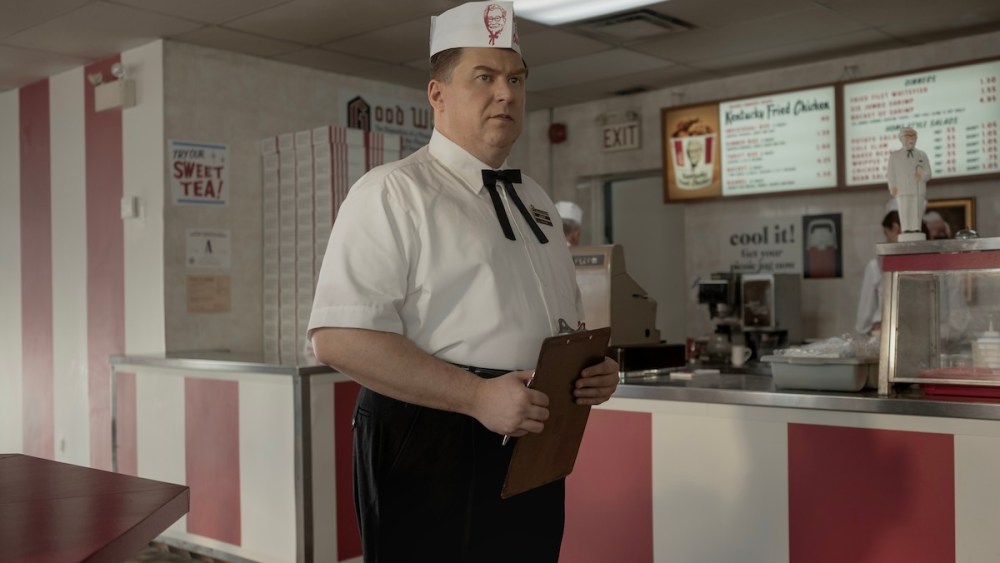

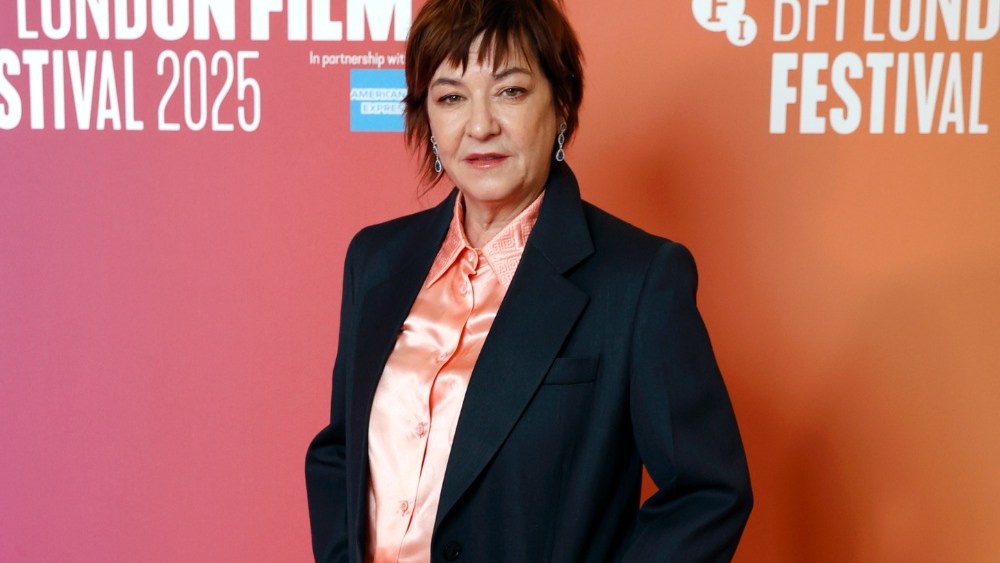
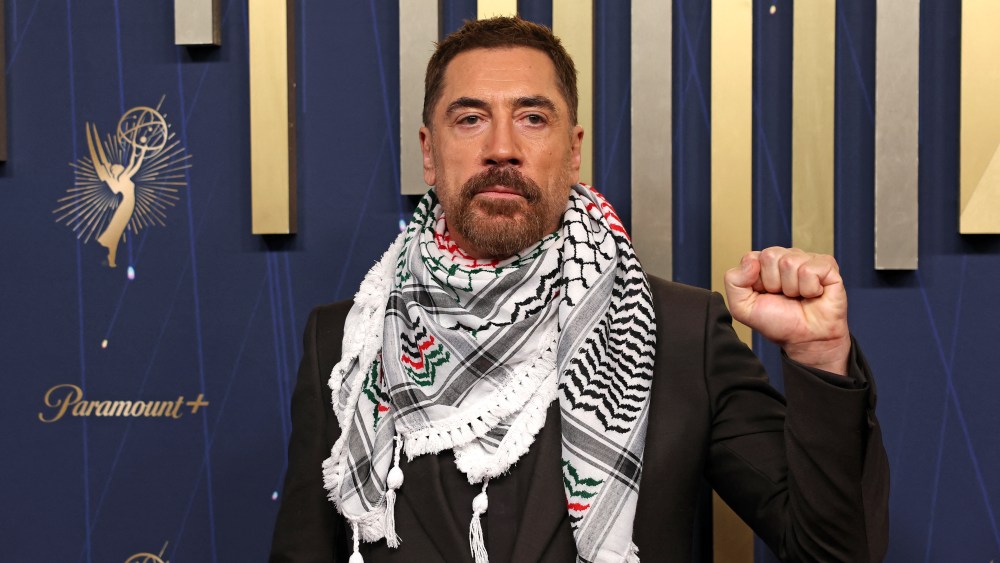
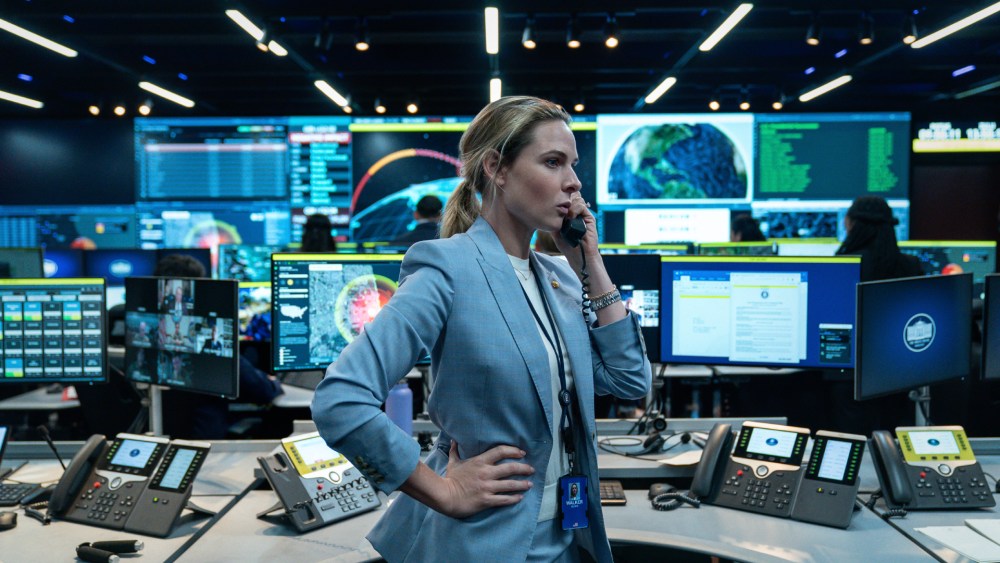
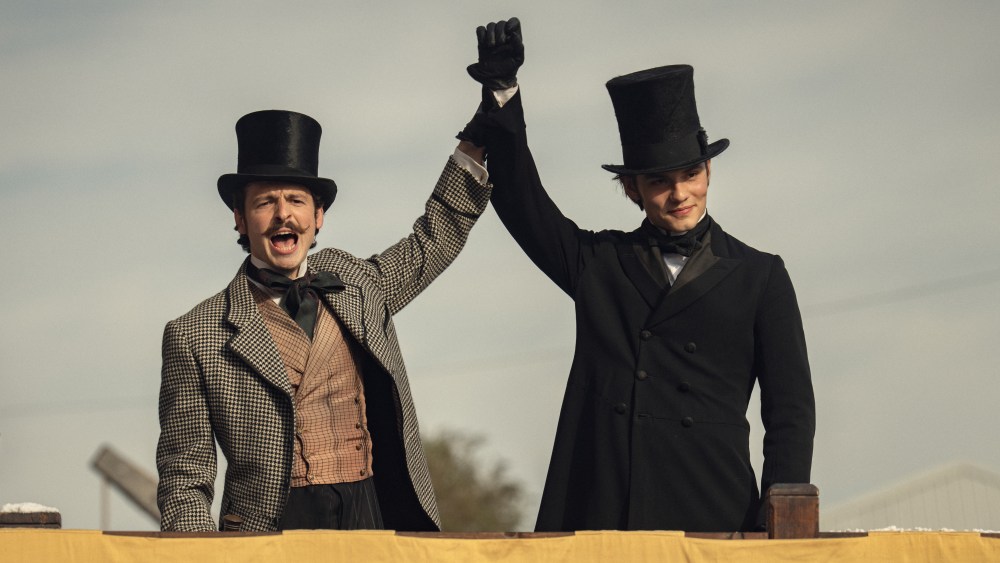

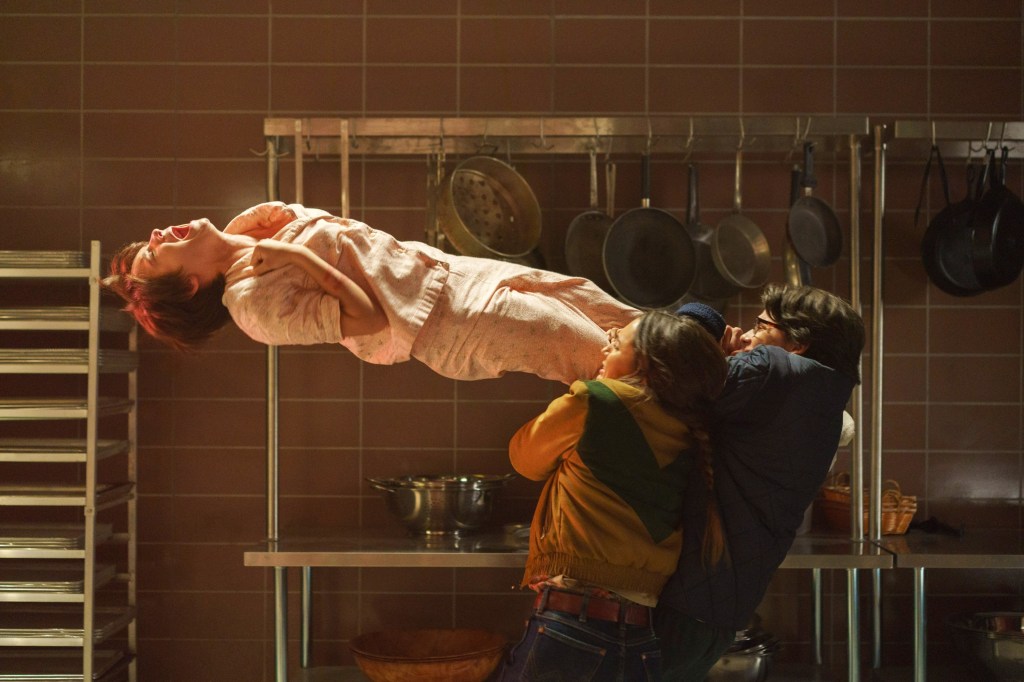
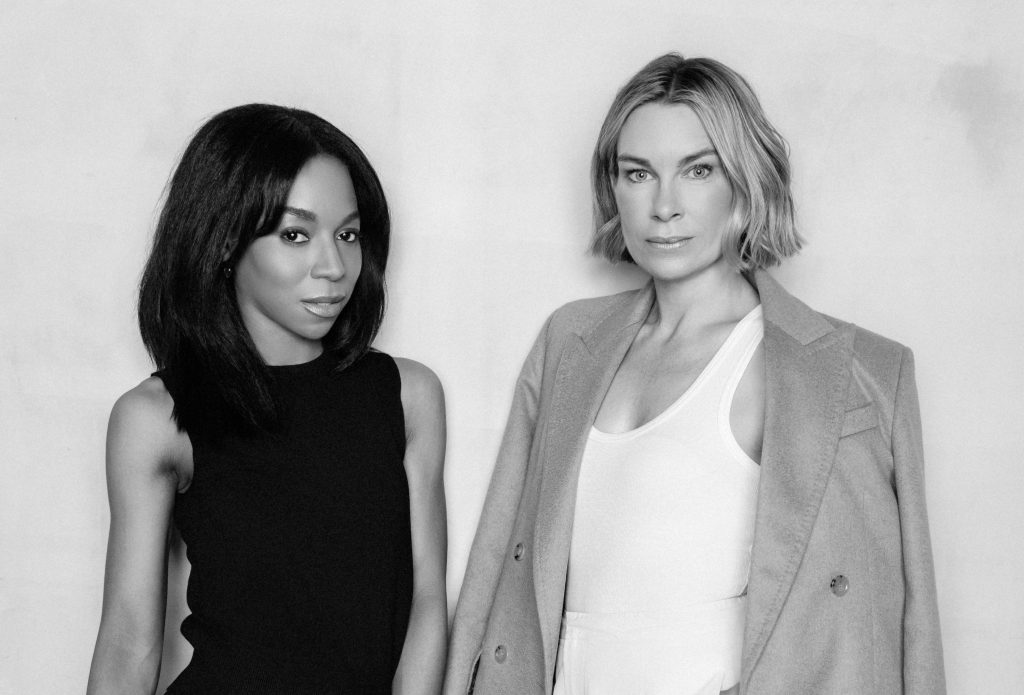
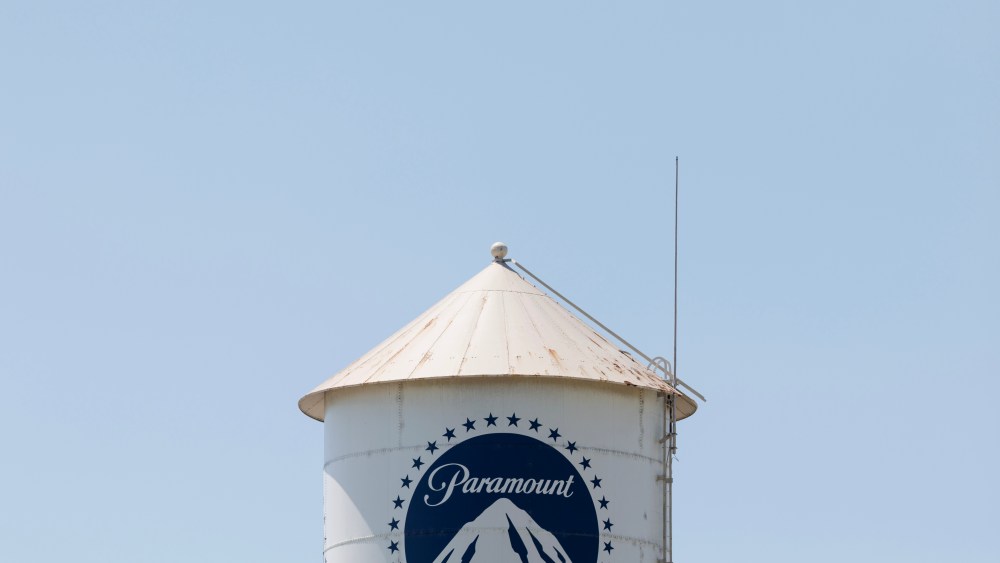

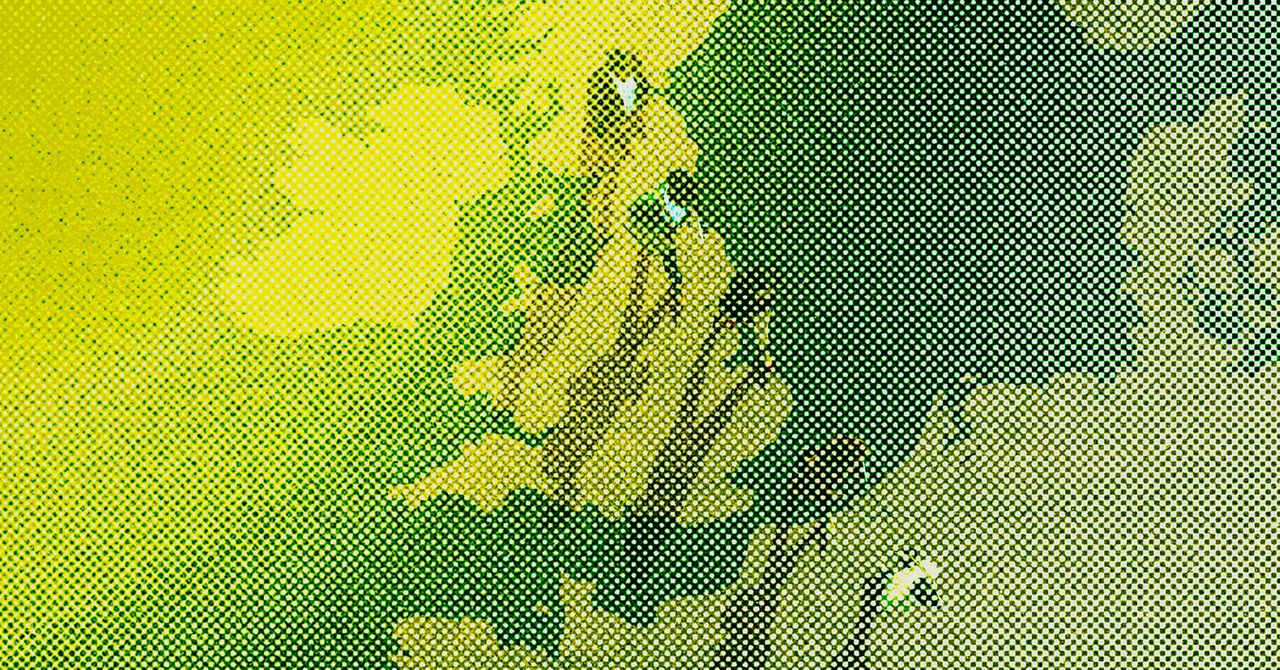
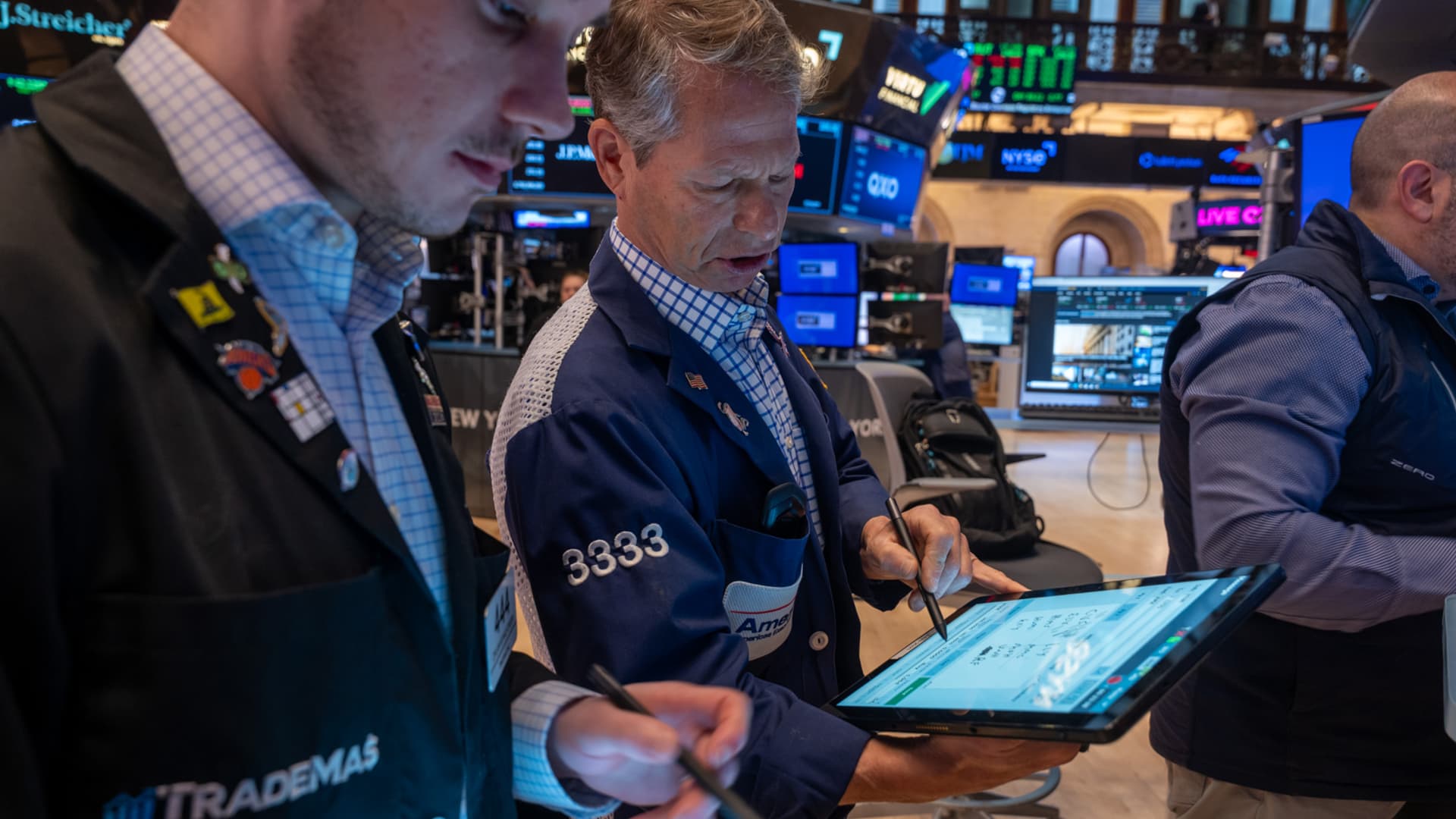
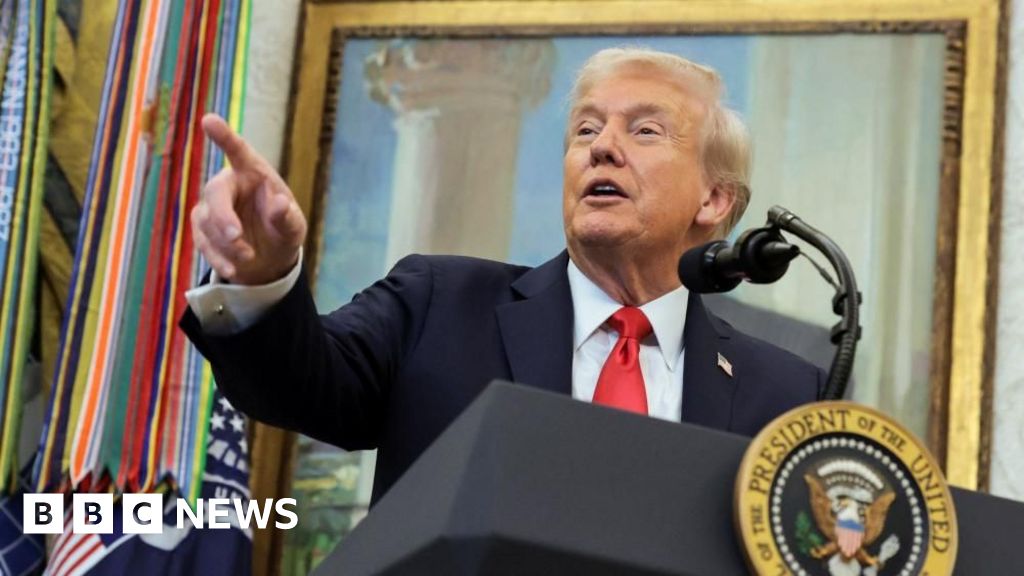
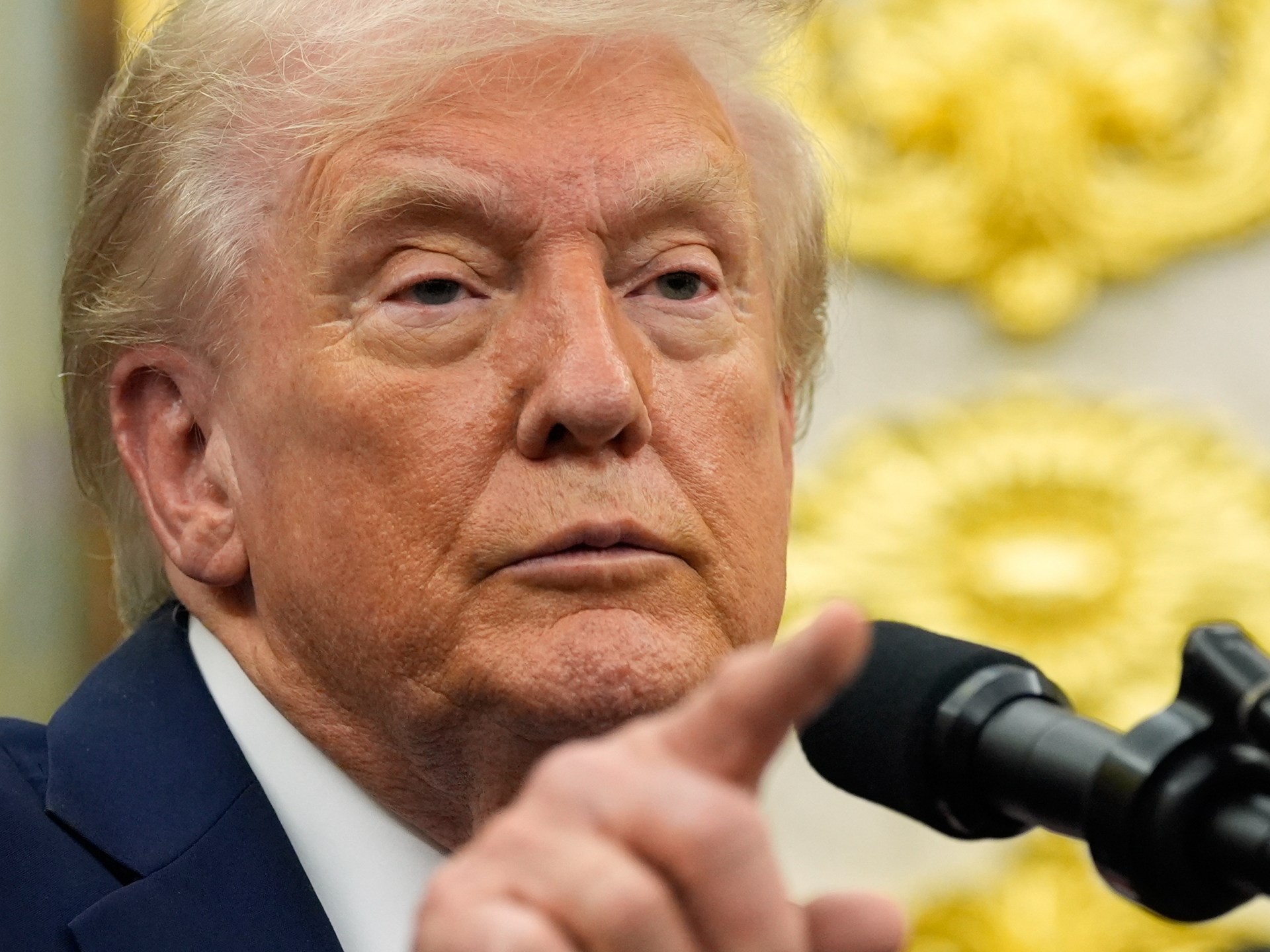
Leave a Reply